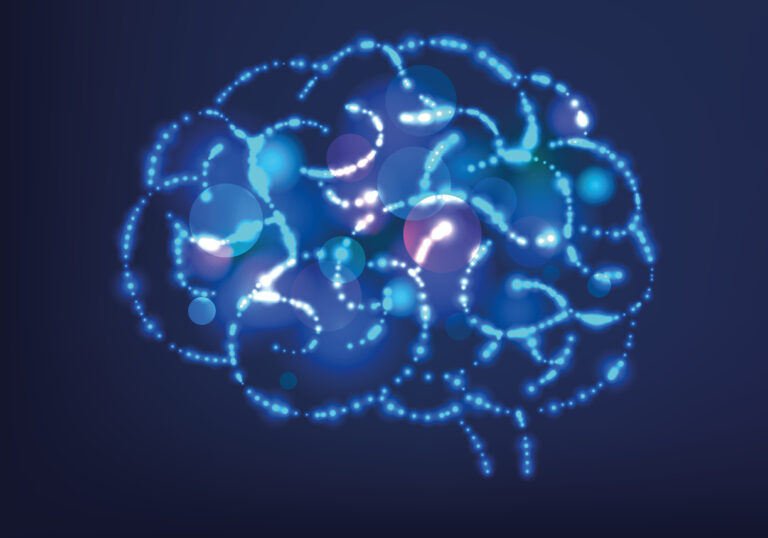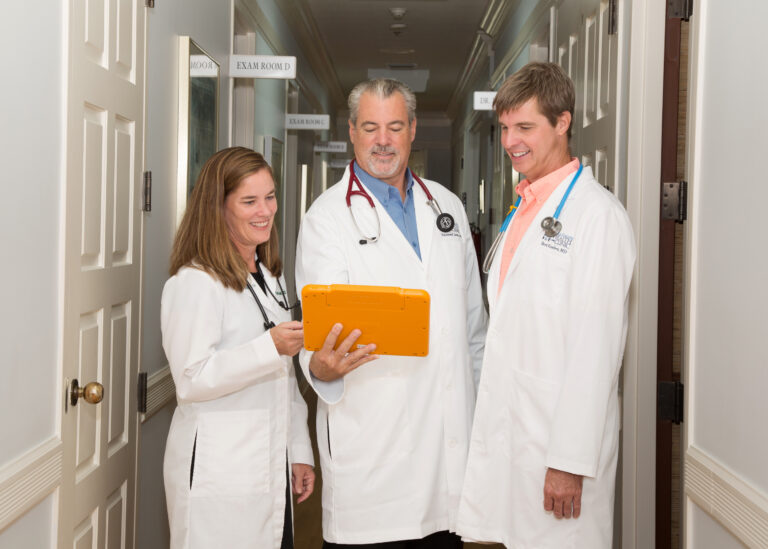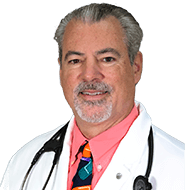
What you need to know about strokes

May is National Stroke Awareness month, so let’s talk about what it is and how to avoid it.
How big a deal is it?
Stroke is the leading cause of long-term disability and the fifth leading cause of death in the United States. Women are at a slightly higher risk of stroke at 1 out of 5, and it kills twice as many women as breast cancer each year. 80 percent of strokes are preventable, and the most common preventable factor is high blood pressure. High blood pressure is often referred to as a “silent killer” because it is painless and if left untreated causes damage to your blood vessels over time. The blood pressure goal is now lower and should be consistently LESS than 130/80 to protect our blood vessels and reduce occurrence of strokes and heart attacks. Untreated or uncontrolled high cholesterol or diabetes can also cause a stroke by leading to damage inside our arteries over time. Smoking is also a major contributing factor in stroke and heart attack, so smoking cessation is critically important.
Are strokes and heart attacks the same thing?
Strokes have often been confused with heart attacks but are actually “brain attacks” caused by the same mechanism, which is arterial damage and blockage of blood flow. Brain attacks (strokes) do not hurt like heart attacks, although some patients may develop a headache or become confused. This lack of pain, especially with mini strokes that resolve, leads many strokes to go untreated and undiagnosed and increases the risk of an impending second major stroke. Unfortunately, about 30 percent of patients who have a mini stroke do not seek treatment because the symptoms resolve, and they go on to have a major stroke within a year.
What kind of strokes are there?
There are two main types of strokes. Most common are ischemic strokes (a clot blocking blood flow), which cause 87 percent of strokes and results in that area of brain tissue to start to die. However, a blood vessel can also burst and bleed in the brain, causing a hemorrhagic stroke, which tends to cause headaches and is more devastating and deadly. The more common ischemic strokes are of two varieties and occur when a clot develops directly in a damaged and narrowed artery in the brain (thrombotic stroke) or when a clot travels to the brain from the heart or carotid artery (embolic stroke). Atrial fibrillation causes about 22 percent of strokes. People with atrial fibrillation are five times more likely to have an embolic stroke, so they are usually on a blood thinner to lower the risk of a blood clot forming in their heart and floating up into their brain.
What can you do?
Watch for signs and call 911 if someone has signs of a stroke. Do not let them refuse care or be driven to the hospital. Even if symptoms are improving, it is an emergency. Do the F.A.S.T. exam looking for Facial droop, Arm weakness, Speech difficulty, Time to call 911 if abnormal. Face/Arm/Speech/Time. Here’s what you do: Ask the person to smile and look for facial droop on one side; ask the person to raise both arms in front of them and look for downward arm drift or weakness; and ask the person to repeat a simple phrase like, “A beautiful walk on the beach under blue skies on Boca Grande”. Then call 911 if it’s possibly a stroke. It’s important to act quickly because as time goes on a portion of their brain may be silently dying. In the U.S., a stroke occurs every 40 seconds, and several have occurred while you read this article.
What happens in the Emergency Department?
When the ambulance calls with their patient report, a stroke alert is called overhead in the hospital and the stroke team rushes to meet the patient on arrival, including a CT tech, phlebotomist, nurses, and both an emergency physician and a neurologist. Immediate CT scan of the brain and a neurological assessment are performed as blood is drawn and a decision whether tPA (tissue Plasminogen Activator) is indicated. If indicated by national guidelines, this intravenous clot buster is given as fast as possible to save as much brain tissue as possible. Your best bet is to get to the closest stroke certified hospital emergency department with health professionals specially trained in emergency stroke care. Sometimes a transfer to an interventional hospital is needed if tPA is not successful. Family should be present to help clarify when the patient was last seen normal and to help make the decision whether to give tPA, which has a 5 percent risk of causing bleeding in the brain. The decision to give tPA should be made as soon as possible, since we know the longer the brain tissue is not getting blood flow and oxygen, the less likely it will survive or recover. Studies have shown us that tPA given more than 3 to 4 hours after the clot forms have an increasing risk of the damaged vessel tearing open and bleeding into the brain, so the “window” to give the clot buster is typically within 4.5 hours.
What are mini strokes?
These have been called TIAs because they are Transient Ischemic Attacks that often last only 15 minutes or less and are painless and then resolve. But these events are extremely important and should prompt a visit to the ER because we know these may often be a warning sign that a major stroke is about to occur in the next few weeks that may disable or kill you. Many stroke patients report TIAs that occurred before their major stroke that they did not realize were warning signs. It is natural for us to explain away a brief painless weakness in our arm or leg or difficulty with speech or vision that resolves, but you should report this immediately to your doctor to then decide if you need a stroke workup to prevent an impending stroke. This is how we sometimes discover someone has atrial fibrillation, uncontrolled blood pressure, high cholesterol or diabetes, severe narrowing of the carotid artery or an undiagnosed hole in their heart (septal defect from birth).
In general, you can reduce your risk of vascular events like stroke and heart attacks by exercising regularly, eating healthy, and keeping those extra pounds off. Monitor and control your blood pressure, cholesterol, and blood sugar. Just coming over the bridge to Boca I think is therapeutic as a stroke reduction measure, and I highly recommend you get your toes in the sand to maximize the benefits of beach therapy.
Be well.
Dr. Raymond James
More Recent Healthcare News

Earlier this season, the Boca Grande Health Clinic and Foundation hosted a Grande Rounds lecture on resiliency, featuring Yale-trained and board-certified psychiatry specialist Alexander P. Miano, M.D. at The Gasparilla Inn Beach Club. In recognition of Mental Health Awareness Month, we’re pleased to offer a recap of Dr. Miano’s insightful discussion for those who couldn’t […]

Every year we celebrate Doctor’s Day and Nurses Week, but there’s one more recognition event that’s just as important. Administrative Professionals Day is April 24th this year and I want to be sure to bring special attention to three incredibly special members of the Boca Grande Health Clinic family. Jonna Foos, Director of Operations Jonna […]

April, the birth month of James Parkinson, is Parkinson’s Disease Awareness Month. Parkinson’s is a degenerative syndrome that results in the gradual loss of brain circuitry involved in movement, thinking and behavior. According to the National Institutes of Health (NIH), the first clear medical description of Parkinson’s Disease as a neurological condition was written in […]

March 30th marks a special day on our calendar – Doctor’s Day! It’s a time to honor those who dedicate their lives to caring for us. At the Boca Grande Health Clinic, it’s the extraordinary team of board-certified physicians – Dr. Raymond A. James, our Medical Director; Dr. Bret Kueber, the Assistant Medical Director; and […]

